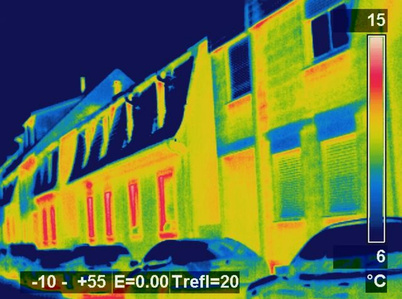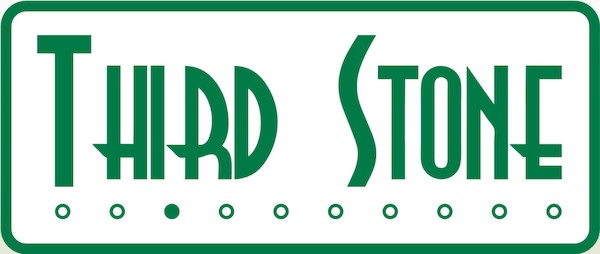A thermal bridge (sometimes called a cold bridge) generally occurs when an insulation layer is compromised by a more conductive material such as metal, concrete or wood.
Repeating and Non-Repeating Thermal Bridges
There are two types of thermal bridges in buildings: repeating and non-repeating thermal bridges.
Repeating
These bridges repeat throughout a wall, roof or floor. Examples of repeating thermal bridges are mortar joints and wall ties in masonry construction or timber or steel studs in framed construction. These can normally be accounted for in the U-value calculation for the building element.
Non-Repeating
Heat loss via non-repeating thermal bridges is measured by PSI-values (ψ). Their effects on heat loss are calculated by thermal modelling software, and they are accounted for separately in SAP & SBEM calculations in addition to U-values.
The Effects of Thermal Bridging
Increased heat loss
As we have become better at insulating and sealing new homes, heat loss via thermal bridges has become proportionately more significant. Thermal bridges can account for 20-30% of the heat loss in a typical new build home.
Localised ‘cold-spots’
As walls, roofs, walls, windows and doors have become better insulated, colder areas caused by thermal bridging have become more likely to lead to condensation build-up or mould growth.
Why would I need Psi-value calculations?
Psi- values can have a significant effect on SAP and SBEM calculations, which can mean that properties will comply without the need for other more expensive fabric improvements.
Having a specific Psi-value calculation carried out can provide a better outcome than using standard values and can mean that builders and designers don’t need to adopt new methods of construction.

REDUCE YOUR ENERGY AND CARBON FOOTPRINT
Low Carbon Consultants Register
Set up by CIBSE and The Carbon Trust, this register can only be joined by consultants who have proven competence in the energy efficient design and operation of buildings.
Energy Management Systems ISO 50001
The Low Carbon Consultants Energy Management Systems register is exclusively for professionals who have demonstrated competencies to enable them to implement a fully compliant and certifiable Energy Management System, meeting the requirements of ISO 50001. This is a highly valued and sought after status.


